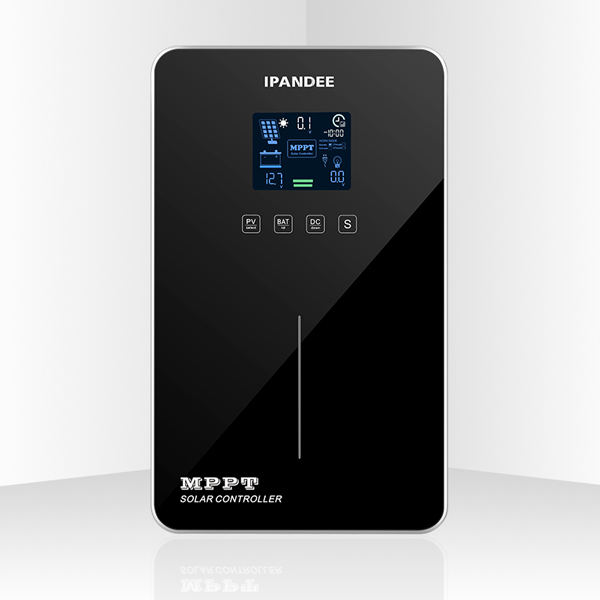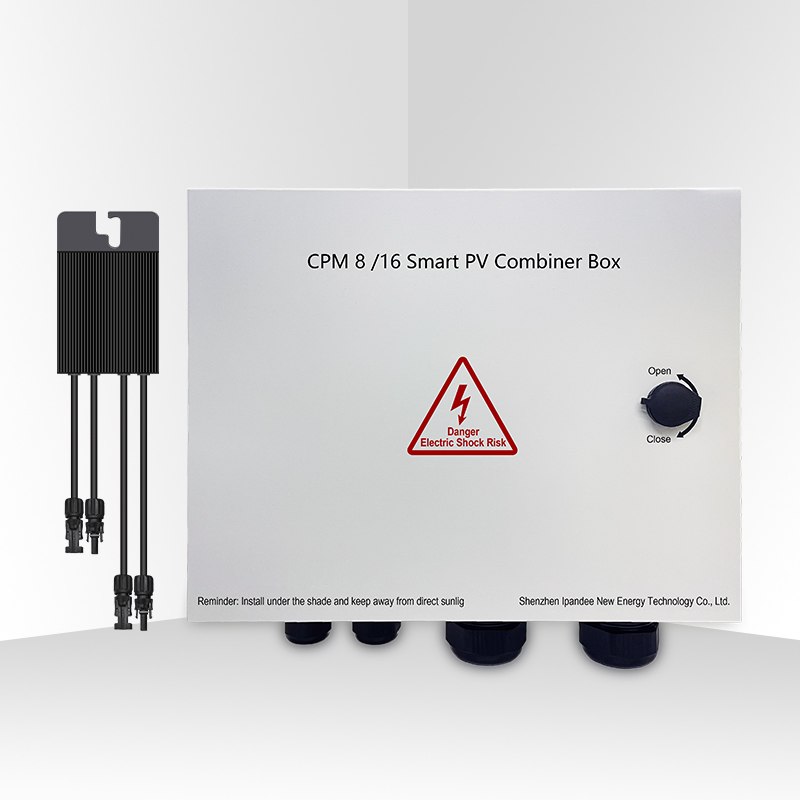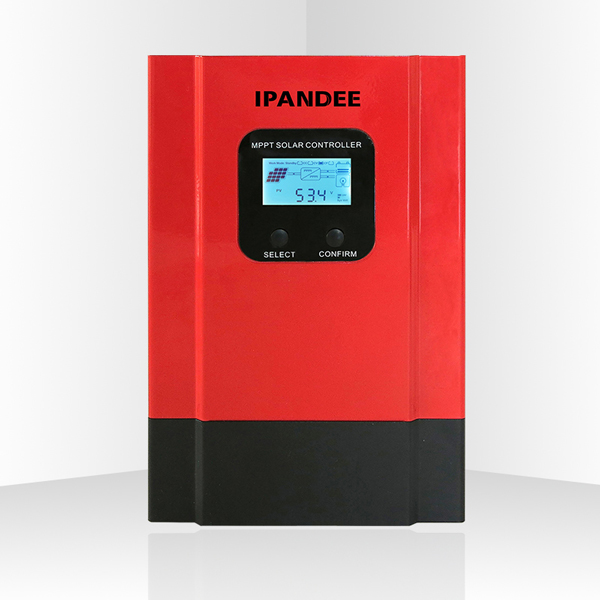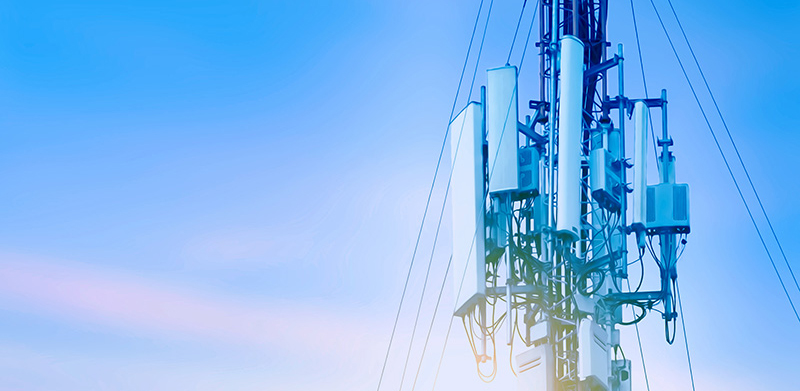The use of solar energy is becoming more and more popular. The solar controller uses a single chip microcomputer and dedicated software to achieve intelligent control, and accurately controls discharge through the characteristics of battery discharge rates. Below, we will introduce it in detail.
Self-adaptive three-stage charging mode of solar controllers
The deterioration of battery performance is mainly caused by two reasons besides normal aging:
One is internal gasification and water loss caused by excessive charging voltage;
The second is plate sulfation caused by low charging voltage or insufficient charging.
Therefore, in order to protect the battery, intelligent charging is carried out in three stages (constant current limit voltage, constant voltage reduction current and trickle) and automatic charging time is set according to the difference between new and old batteries. Corresponding charging modes are used for charging to avoid power supply failures and achieve safe, effective, and full capacity charging effects.
Charging protection of solar controllers
When the battery voltage exceeds the final charging voltage, the battery will produce hydrogen and oxygen and open the valve to release gas. A large amount of gasification will cause loss of electrolyte. Moreover, even if the battery reaches the final charging voltage, the charging current should not be cut off.
At this time, the solar controllers automatically adjust according to the environmental temperature based on the built-in sensor to control the charging current to gradually decrease to the trickle state under the condition of not exceeding the final charging voltage, effectively controlling the oxygen circulation and cathodic hydrogen-generating process inside the battery, and preventing the capacity decline and aging of the battery to the maximum extent.
Discharge protection of solar controllers
If the battery does not have discharge protection, it will also be damaged. When the voltage reaches the set minimum discharge voltage, the solar controller will automatically cut off the load to protect the battery from over-discharge. When the charging voltage of the solar panel to the battery reaches the restart voltage set by the controller, the load will be connected again.
Gasification regulation of solar controllers
If the battery does not have gasification reaction for a long time, acid layering may occur inside the battery, causing the capacity of the battery to decline. Therefore, we can periodically shield the charging protection function through digital circuit to let the battery periodically have excessive charging voltage and gasification reaction to prevent acid layering inside the battery, reduce the capacity decline and memory effect of the battery, and prolong the battery life.
Overvoltage protection of solar controllers
A 47V varistor is connected in parallel to the input terminal of the charging voltage, which will be broken down when the voltage reaches 47V, causing the positive and negative poles of the input terminal to short circuit (this will not damage the solar panel), preventing high-voltage damage to the controller and battery caused by accidental situations.
Overcurrent protection of solar controllers
Solar controllers are series-connected with a fuse in the battery circuit, effectively protecting the battery from overcurrent.
 English
English  한국어
한국어  français
français  Deutsch
Deutsch  Español
Español  italiano
italiano  русский
русский  português
português  العربية
العربية  tiếng việt
tiếng việt  ไทย
ไทย  Polska
Polska  中文
中文







